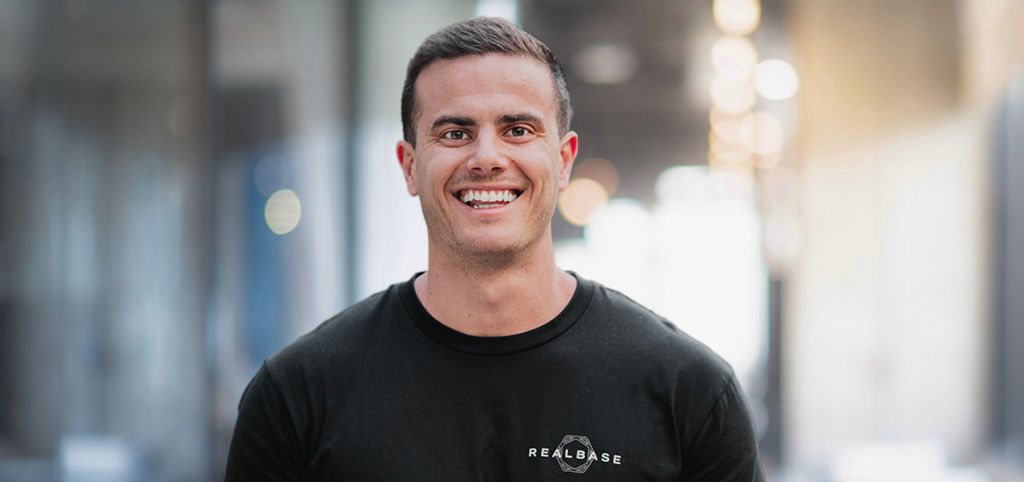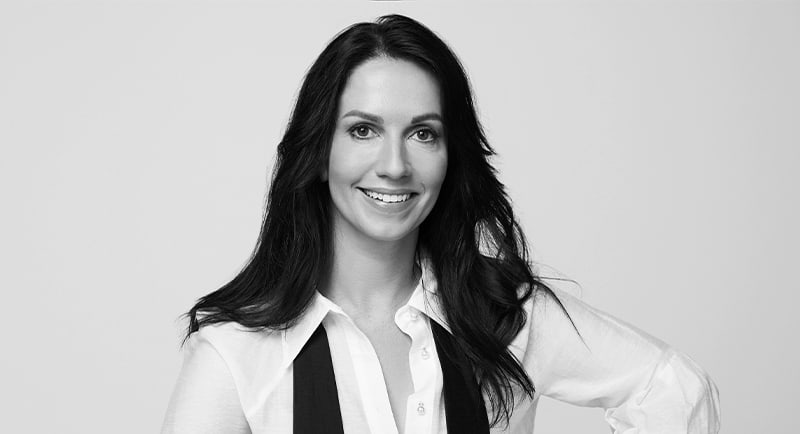Seven, Nine and Ten CEOs unite for Senate enquiry to support access to Free TV
THE CEOs of the Seven, Nine and Ten networks will make a rare joint appearance at a Senate inquiry, to argue the importance of access to free TV for millions of Australians and to point out what they call "significant oversights" in the proposed Bill.
The commercial TV executives will appear today alongside Free TV chair Greg Hywood and CEO Bridget Fair before the Environment and Communications Legislation Committee to call for the prominence and anti-siphoning bill to be strengthened. 
Free TV Chair Greg Hywood said, “We welcome the government’s intention to make free local TV services easy to find on connected TVs and to stop global streaming giants putting our major sports behind a TV paywall. But this Bill contains some significant oversights that we will be highlighting to the committee today.”
The Bill prevents subscription streaming services such as Amazon, Apple and Disney from buying exclusive terrestrial broadcast rights to iconic sporting events like the Olympics, AFL, NRL and cricket, but they can still acquire exclusive digital rights and lock out the millions of Australians who watch free sport on services such as 7plus, 9Now and 10 Play.
In another oversight, according to Free TV, the Bill only requires the free apps of local broadcasters and a Live TV tile be available on new smart TVs that are manufactured 18 months after the legislation receives assent, meaning millions will miss out in the interim.
Seven West Media managing director and CEO, James Warburton, said, “Live sporting moments bring our nation together and must remain free and accessible to everyone regardless of their income.
“The Matildas proved the importance of free, accessible content last year when they smashed TV audience and streaming records. The Matildas’ FIFA Women’s World Cup games brought millions of Australians together and truly united the nation.
"With more and more people watching sport online, excluding digital rights from these new laws is a serious mistake, one that means the laws fail to keep up with modern viewing habits.
“We also urge parliament to adapt the prominence framework to better ensure Australians can easily find free content through their smart TVs,” Mr Warburton said.
Nine CEO, Mike Sneesby said, “All Australians deserve free access to the sporting events, trusted news and entertainment programs that bring communities together.
“For free to air broadcasters to continue to provide these world class services we need the ability to provide them on all the platforms and delivery systems available to our audiences. It’s critical the government provides the regulatory support required to ensure we can do the commercial deals that are necessary for us to provide these services,” he said.
Executive vice president of Ten, Beverley McGarvey said, “No other platform or service has the ability to reach Australians and unite Australians like Free TV can. Millions of homes turn to us day and night because they trust us, whether that be to deliver local shows their friends and family are talking about or to stay informed and safe during crises. Only local free TV can deliver all that.
‘We can’t let guaranteed access to free TV only be for those who can afford a new TV in 18 months time, particularly when families are feeling the pressure on their budgets.
“The government should not delay the implementation of prominence rules because, in our experience, these changes can be implemented much faster on new TVs and even for existing TVs that regularly receive software updates.
“That’s why we’re asking the government to reduce the delay in implementing this change that could benefit millions of Australian households before the end of this year,” she said.
Free TV CEO Bridget Fair said, “The government has rightly acknowledged that Australians' access to free TV is under threat – but there are some crucial gaps in the bill.
“With just a few simple changes, it could become an excellent piece of legislation that fulfills its purpose and safeguards Australians’ access to free TV for years to come,” she said.
Free TV is calling for the following changes to the Bill:
Prominence
- Reduce the implementation period from 18 months to a maximum of six months.
- Extend the rules to existing TVs that receive software updates.
- Ensure that viewers are presented with both free and paid options when searching for content.
- Require electronic TV guides to include local free TV services.
Anti‐siphoning
- Require that both the free broadcast and free digital streaming rights be acquired by a free broadcaster before the event can be acquired by a pay TV or subscription streaming provider.
- Do not extend the automatic de-listing period from six to 12 months as many sporting events are acquired within this timeframe.
The Free TV Submission regarding the Communications Legislation Amendment (Prominence and Anti‐ siphoning) Bill 2023 – link is here.
ends

 How to resolve AdBlock issue?
How to resolve AdBlock issue? 






